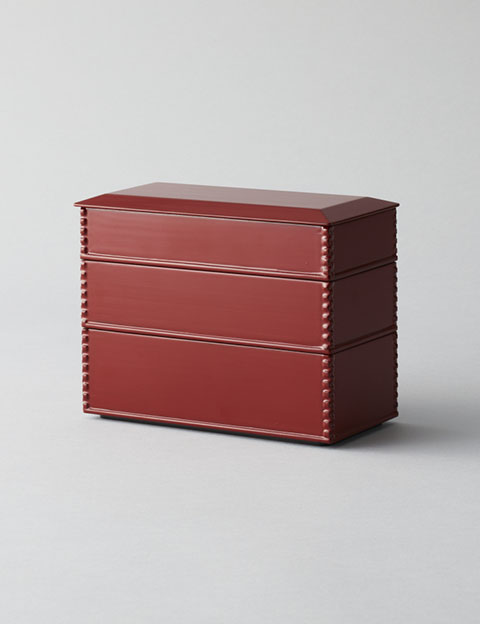KISO Shikki (Lacquerware)

Kiso lacquerware was established at the beginning of the 17th century, taking advantage of the abundant local Japanese cypress trees. The craft developed under the patronage of the Owari-Tokugawa clan throughout the Edo era (1603-1868), becoming popular with travelers along the Nakasendo Highway.
At the end of the 19th century, sabitsuchi clay was discovered in the area, making it possible to produce lacquerware of unmatched strength.
Kiso lacquerware is produced using a number of distinctive techniques. In shunkei-nuri, natural lacquer is rubbed into the wood to bring out its natural qualities. In tsuishu, multiple layers of colored lacquer are applied before being rubbed down to produce a speckled pattern. In muriwake roiro-nuri, a variety of colors are used throughout the repetitive design.
Feature
The characteristic techniques used to produce Kiso lacquerware are shunkei-nuri, which brings out the natural beauty of the woodgrain, tsuishu, which involves multiple layers of red lacquer, and nuriwake-roiro-nuri, which allows a wide range of colors and geometric patterns to be applied during the lacquering process (iro-urushi).
How to make
In the shunkei-nuri technique, lacquer is rubbed into the wood to preserve the natural beauty of the Japanese cypress wood. In the tsuishu method, a layer of local rust clay is applied, followed by many layers of red lacquer. The lacquer is then carved in a variety of intricate patterns to reveal the underlying clay layer. In the nuriwake-roiro-nuri technique, many different lacquer colors are applied to the same object to create a pattern, which is then polished.

